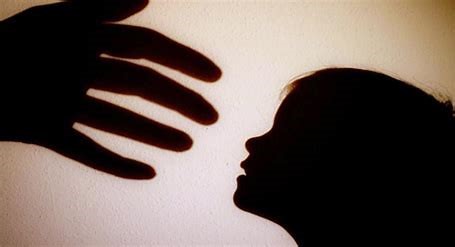What Experiences Might Be Traumatic?

- Physical, sexual, or psychological abuse and neglect (including trafficking)
- Natural and technological disasters or terrorism
- Family or community violence
- Sudden or violent loss of a loved one
- Substance use disorder (personal or familial)
- Refugee and war experiences (including torture)
- Serious accidents or life-threatening illness
- Military family-related stressors (e.g., deployment, parental loss or injury)
When children have been in situations where they feared for their lives, believed that they would be injured, witnessed violence, or tragically lost a loved one, they may show signs of child traumatic stress.
Traumatic experiences can initiate strong emotions and physical reactions that can persist long after the event. Children may feel terror, helplessness, or fear, as well as physiological reactions such as heart pounding, vomiting, or loss of bowel or bladder control. Children who experience an inability to protect themselves or who lacked protection from others to avoid the consequences of the traumatic experience may also feel overwhelmed by the intensity of physical and emotional responses.
According to SAMHSA (2014), trauma and traumatic stress can also be identified in terms of the “three E’s.”
- Event-The threat of physical or psychological harm and/or neglect that impacts healthy development. This is also what we would refer to as trauma exposure.
- Experience- How the individual interprets and is disrupted physically and psychologically by the trauma. This really helps in our conversations around how each child uniquely perceives danger or makes sense of the event or trauma exposure.
- Effects-The impact of trauma that may be short or long-term in duration (e.g., heightened stress response, inability to concentrate). This is also what we would refer to as the impact of trauma.
Links to an external site.Watch the video: Sesame Street: A Child’s Perspective of a Traumatic Experience
(This video was created as a visual tool for understanding reactions to traumatic experiences at different ages, and to highlight the powerful role of caring adults. As you watch, notice, consider, and reflect upon your own feelings and reactions. This will help you prepare as you share with parents the responses to trauma at different ages and stages (even babies respond to traumatic experiences)!
Background Colour
Font Face
Font Kerning
Font Size
Image Visibility
Letter Spacing
Line Height
Link Highlight
Text Colour